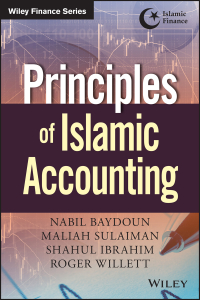Question
On January 1, Year 1, the general ledger of a company includes the following account balances: Accounts Debit Credit cash $59,000 accounts receivable $25,600 allowance
On January 1, Year 1, the general ledger of a company includes the following account balances:
| Accounts | Debit | Credit |
| cash | $59,000 |
|
| accounts receivable | $25,600 |
|
| allowance for uncollectible accounts |
| 2,500 |
| inventory | 36,600 |
|
| notes receivable (5%, due in 2 years) | 15,600 |
|
| land | 158,000 |
|
| Accounts payable |
| 15,100 |
| common stock |
| 223,000 |
| retained earnings |
| 54,200 |
| Totals | 294,800 | 294,800 |
During January Year 1, the following transactions occur:
| January 1 | Purchase equipment for $19,800. The company estimates a residual value of $1,800 and a six-year service life. |
| January 4 | Pay cash on account payable, $9,800 |
| January 8 | Purchase additional inventory on account, $85,900. |
| January 15 | Receive cash on accounts receivable, $22,300. |
| January 19 | Pay cash for salaries, $30,100 |
| January 28 | Pay cash for January utilities, $16,800 |
| January 30 | Sales for January total $223,00. All of these sales are on account. The cost of the units sold is $116,500. |
Information for adjusting entries:
a. Depreciation on the equipment for the month of January is calculated using the straight-line method.
b. The company estimates future uncollectible accounts. The company determines $3,300 of accounts receivable on January 31 are past due, and 50% of these accounts are estimated to be uncollectible. The remaining accounts receivable on January 31 are not past due, and 2% of these accounts are estimated to be uncollectible. (Hint: Use the January 31 accounts receivable balance calculated in the general ledger.)
c. Accrued interest revenue on notes receivable for January
d. Unpaid salaries at the end of January are $32,900.
e. Accrued income taxes at the end of January are $9,300.
Analyze how well the company manages its assets:



Step by Step Solution
There are 3 Steps involved in it
Step: 1

Get Instant Access to Expert-Tailored Solutions
See step-by-step solutions with expert insights and AI powered tools for academic success
Step: 2

Step: 3

Ace Your Homework with AI
Get the answers you need in no time with our AI-driven, step-by-step assistance
Get Started


